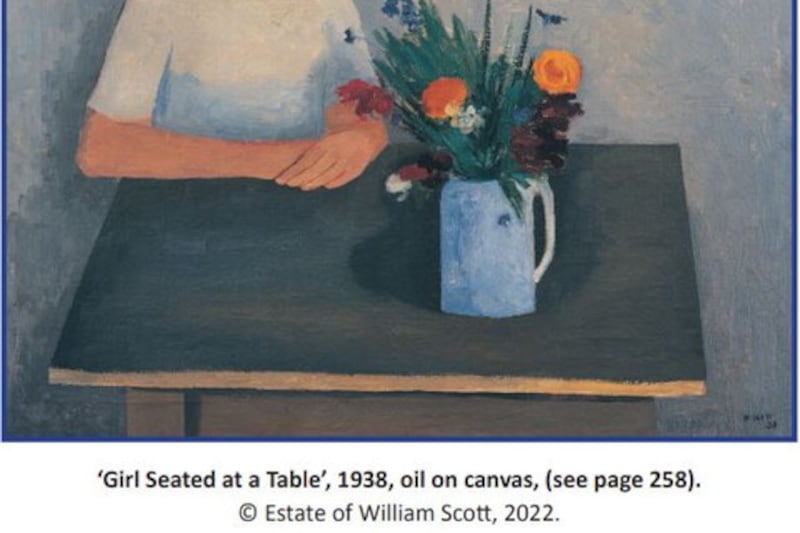ACCLAIMED Co Fermanagh-bred artist William Scott's work has sold for over £1m and he was a favourite of rock star David Bowie: now, his nephew, Cardwell McClure, has published a book revealing his uncle's colourful life.
To be launched on April 22 at Fermanagh County Museum, William Scott: A Family History is an illustrated 262-page book on the artist, who trained at Belfast College of Art and the Royal Academy Schools (where he shared a flat with Dylan Thomas), and his family, including Oscar-winning son, James.
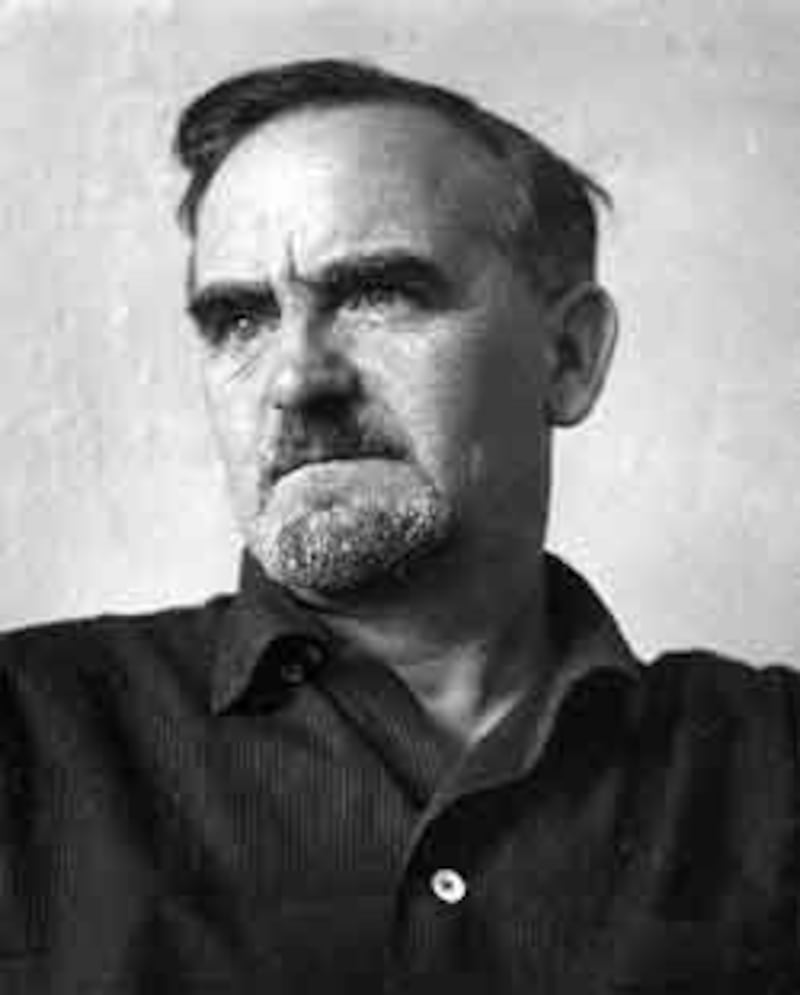
Born in 1913 in Greenock, Scotland, but raised in his father William Scott Snr's hometown of Enniskillen from 1924, Scott's work can be found in public collections around the world including the Tate, the Guggenheim and the Metropolitan. Closer to home, Scott’s paintings can also be found in the Fermanagh County Museum and the Ulster Museum in Belfast, the Hugh Lane and National galleries in Dublin and in the collections of RTÉ and the Merrion Hotel.
However, it seems not everyone was a fan: the new book reveals how a 46-foot-long mural painted by Scott at Altnagelvin Hospital in Derry prompted a reaction of "horrified silence" when it was first unveiled in 1962, according to newspaper reports from the time.
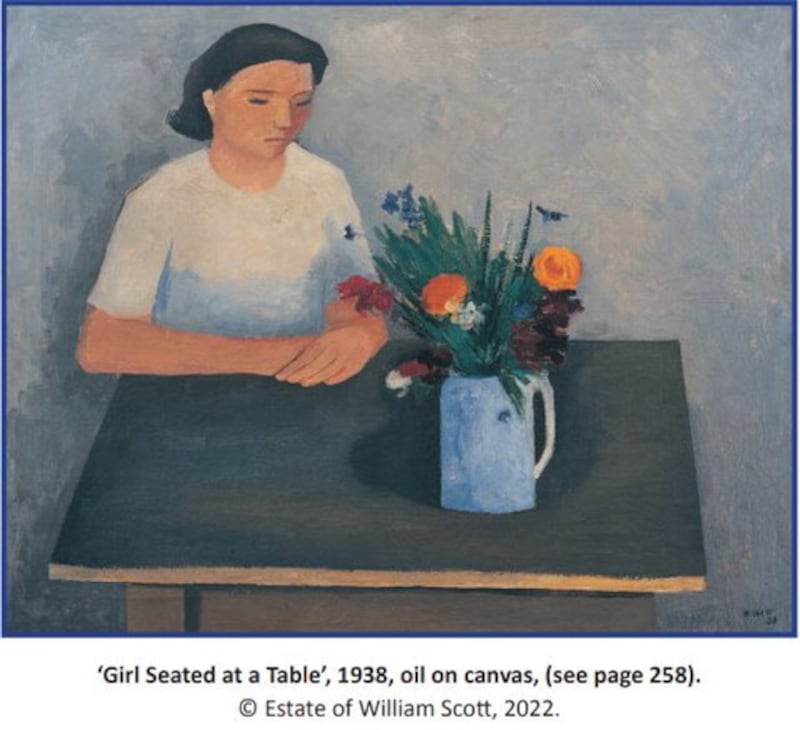
Scott died at his home near Bath in 1989 at the age of 76 after living with Alzheimer’s for several years. In 1993, David Bowie bought a 1938 figurative Scott painting, Girl Seated at Table, for £45,000 - four times its estimated auction price. Bowie said he purchased the painting "because I liked it".
After Bowie’s death in 2016, it sold at Sotheby’s for £337,000, while Still Life No 2, another Scott from 1956 which was in Bowie’s collection, also sold for over £300,000.
The record for a Scott painting at auction is £1,071,650, paid at Christie’s in 2008 for Bowl, Egg and Lemons, which included an unfinished painting of his son, Robert - who was also an artist - on its reverse.

Robert studied sculpture in Milan under an award winning sculptor, picked up an Italian drawing prize and studied interior architecture under the tutelage of Sir Hugh Casson. Later in life, he became a director of a firm setting up international exhibitions and later still turned his hand to graphic design.
His company adapted one of William Scott’s paintings, Berlin Blues 2, for use on a 5p stamp issued by the Irish Post Office in 1973.
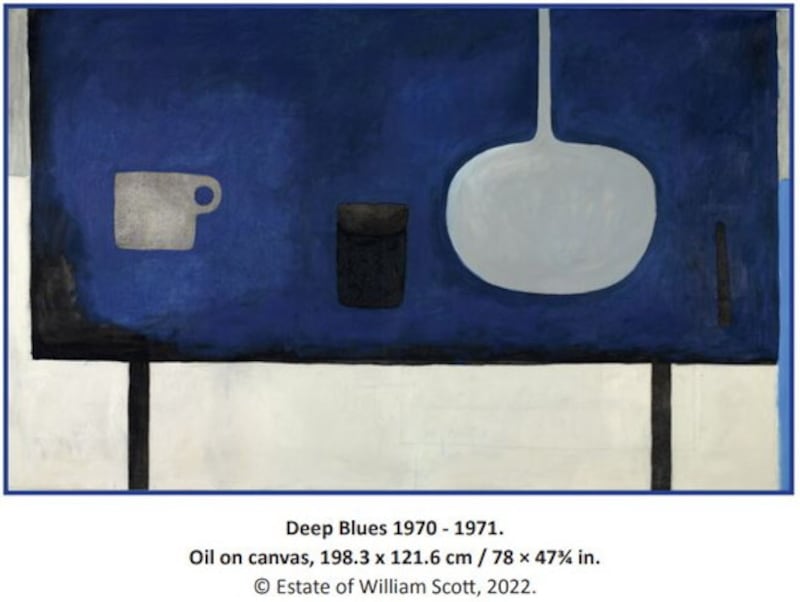
In 1984, Scott's other son, James, made a film for Channel 4 called Every Picture Tells a Story about his father’s early life. By then, James was already an Oscar-winner for directing the 1982 short A Shocking Accident, an adaption of a Graham Greene story starring Rupert Everett and Jenny Seagrove.
However, as readers will discover, James stepped back from the film industry after "the devastating experience" of working with American movie mogul Harvey Weinstein, who was later convicted of sex offences against women. Still based in America, James has now forged a career in the art world himself.
In 2010, James and Robert unveiled an Ulster History Circle blue plaque in honour of their father at his former family home at 2 Queen Street in Enniskillen.
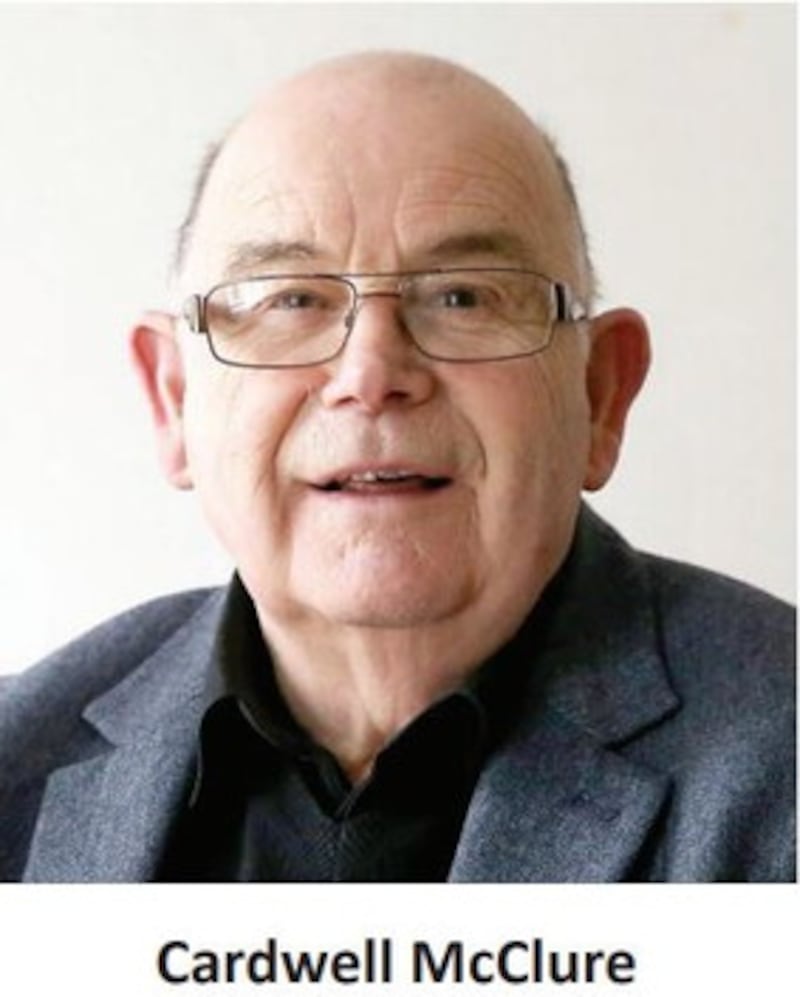
“I only met him twice" says Portadown-based author Cardwell McClure of his famous uncle.
“Once was in 1951, when he was home for a funeral of a brother who had been killed in an accident in New Zealand, and the other time was in 1981, during a visit to my mother and father.
“I took them all out for a meal in Portadown and I heard William reminiscing with my mother about the times he asked her to sit for him for his paintings. She was his first female sitter, as such.
“At one point, William invited me to visit him and his family in England and told me to bring a suitcase full of money because he would sell me any of his paintings for a thousand pounds – in cash!
“However, I never took him up on his offer - despite my father encouraging me to do so. I’ve had a look at the value of his paintings from that era and I reckon they’d be worth around £40,000 today. So I missed a chance.”
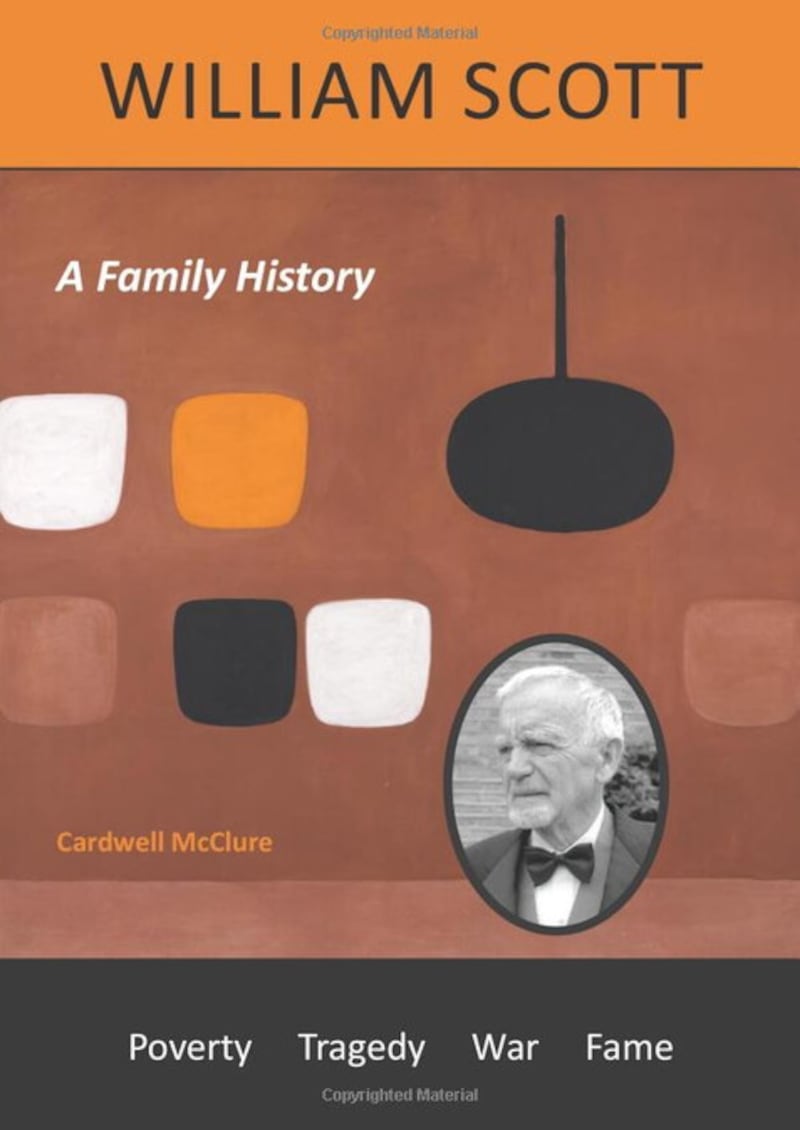
Cardwell says he was inspired to write his book a decade ago when the curator of the Fermanagh County Museum, Sarah McHugh, and her staff told him that they had little knowledge of the artist's brothers and sisters who had also been brought up in the town.
Cardwell agreed to find out more and, during his three years of research, travelled far and wide in Ireland and Scotland to establish more about his uncles and aunts.
By a stroke of good fortune, he was able to access photographs, cuttings and files which his mother, Mary, had kept.
“I didn’t come across some of them until we were clearing out the house after her death, so I’m pleased to acknowledge that my mum played a huge part in the compiling of the book about her family,” says the author, who has previously written a number of other books including the histories of Portadown Gasworks, the town’s Foundry and the Edenderry area of Portadown.
Drawing further upon his exhaustive research into the Scott family, Cardwell has also produced a separate booklet outlining the Scott family tree.
He says: “I think there’s a lot to be proud of in the new book. I believe I have been able to find out everything about the family that’s possible. And the response from people and institutions who’ve had a glimpse of the book has been extremely positive.”
:: William Scott: A Family History by Cardwell McClure is available now via Amazon.co.uk. A launch event for the book will take place at 11am on Saturday April 22 at the Fermanagh County Museum at Enniskillen Castle, where James Scott’s film Every Picture Tells a Story will be screened.



